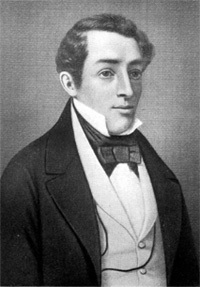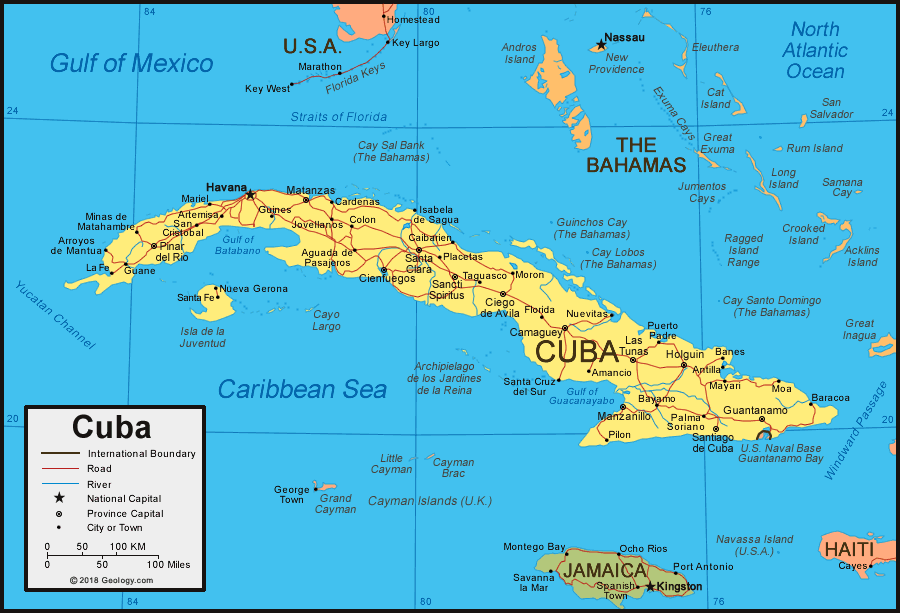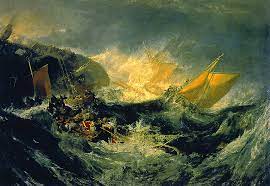4.1 “En una tempestad” – José María Heredia
6 min read•june 18, 2024
Riya Patel
A
Alejandra Ramos
AP Spanish Literature 💃🏽
24 resourcesSee Units
"En una tempestad" is a poem by José María Heredia, a Cuban romantic poet and one of the most important figures of Spanish American romanticism. The poem is about a tempest, or a violent storm, at sea. The speaker describes the ship being tossed about by the waves and the fear that grips everyone on board. Despite this, the speaker finds solace in the power of nature and its ability to make us feel small and insignificant in comparison. The poem is notable for its vivid imagery and its use of natural elements to evoke emotions and feelings.
Context Behind "En una Tempestad"
Knowing even just some contextual pieces helps set up a great free-response question (FRQ) introduction!
Author Background
José Mara Heredia is a well-known romantic poet from Cuba in the 19th century. Heredia, one of the most significant writers of Spanish-American literature, was born in Santiago de Cuba in 1803 and was also raised there. His writing is distinguished by a passionate and descriptive manner, and "En una tempestad" is one of his best-known poems. In it, the author vividly describes a storm and reflects on how insignificant humans are in the face of nature's might.

Image Courtesy of Colgate University
Time and Place
📜Historical: "En una tempestad" was composed in the early 19th century, a period of profound historical transition for Latin America. As poets like Heredia sought to amplify their nationalist views and oppose the colonial system, it represents the spirit of revolution and independence that was sweeping the region.
🗺️Geographic: The natural scenery of Cuba serves as the setting for this poem's geographical context. A tremendous storm that symbolizes the uncontrolled strength of the Caribbean environment is beautifully described in the poem. The poem emphasizes the tight connection between nature and the human experience by using references to mountains, valleys, and the sea in order to give readers a feeling of the area's physical surroundings and the elemental forces at work there.

Image Courtesy of Geology
Societal Context
👑Political: "En una tempestad" was composed in 1824, at a time of political unrest in Cuba. The island was fighting for freedom at the time and was subject to Spanish colonial power. The poem captures the sense of unhappiness and yearning for freedom that many intellectuals and revolutionaries of the time felt.
🧑🏽🤝🧑🏻Socio-economic: The colonies were ruled by European nations. This resulted in the colonies struggling with the effects of slavery, the exploitation of native people, and the income gap being extremely large between wealthy individuals and those that were of more humble backgrounds. "En una tempestad" reflects these socio-economic realities and challenges the oppressive structures of power and promoting justice and equality.
🎭Cultural: In terms of cultural setting, "En una tempestad" reflects the influence of the romantic movement on Latin American literature. Heredia adopts romantic characteristics, such as exalting nature and expressing strong emotions, to convey her understanding of suffering as a metaphor for internal conflict and the need for freedom. The poem also emphasizes the relationship between nature and Cuban identity, demonstrating the significance of the earth and history to the island's culture.
Need to Know About “En una tempestad”
Characters
Since "En una tempestad" is a poem, it does not have the conventional cast of characters. Instead, the poem mostly concentrates on describing a storm and the poet's reflection on how insignificant humans are in comparison to the strength of nature. The poem doesn't have any identifiable characters, but the storm itself is personified and plays a significant part, standing in for the powerful forces of nature.
Literary Terms and Devices
Some literary devices and techniques used in the text were:
- Heptasílabo: Heptasyllabic verses, or lines with seven syllables, are used in "En una tempestad" as part of a rhythmic pattern. As a reflection of the intensity and energy of the storm that is being portrayed, the poem's shorter meter gives it a feeling of speed and rapidity.
- Endecasílabo: Endecasyllabic verses, which include lines with eleven syllables, are also included in the poem. At key points in the poem, these lengthier and more solemn verses are utilized to highlight the poet's intense feelings and reflections.
- Poema no estrófico: Unstrophic poetry in "En una tempestad" is presented as a continuous stream of poems and does not adhere to any particular stanzaic pattern. This absence of rigid stanzas enables a more fluid narrative and more creative expression on the part of the author.
- Metonimia (Metonymy): The poem uses metonymy to describe the storm and its repercussions. For instance, metonymy is used in the phrases to make up striking images throughout the poem.
- Apóstrofe: To show admiration and awe for the storm's power, the poet employs the rhetorical device of the apostrophe, addressing directly an inanimate thing or an absent entity. For instance, the poet addresses the sea as if it were a powerful living thing throughout the poem.
- Aliteración: "En una tempestad" uses alliteration, which is the repetition of consonant sounds close together, to emphasize the storm's aural effects.
- Prosopopeya: The poem makes use of prosopopoeia, a figure of speech that gives non-human things like the storm human traits. The storm is personified throughout the poem, taking on human characteristics like rage, aggression, and the capacity for destruction, heightening the imagery and psychological impact of the depicted occurrence.
Summary of “En una tempestad”
"En una tempestad" is a poem that delves into the awe-inspiring power and magnificence of nature, with a specific focus on the storm. The poem vividly describes the storm's impact, highlighting its ability to leave a trail of destruction in its wake. It portrays the storm's characteristics, such as darkening skies, torrential downpours, and powerful winds capable of lifting objects. Despite the destructive nature commonly associated with these large storms, the poet presents a different perspective, seeing the potential for positivity in their presence. The poet suggests that through this natural phenomenon, referred to as "the lord," there is an opportunity for communication and revelation. This portrayal showcases the poet's astonishment at the forces of nature, offering a unique perspective on the tornado's simultaneous destructive and potentially meaningful nature.

Image Courtesy of Word Press
Themes in “En una tempestad”
El tiempo y el espacio
"En una tempestad" transports us to a time of intense climatic activity by placing the reader in a specific historical and spatial setting. The poem transports us into the storm's eye, where time seems to stretch on forever and every second feels like an eternity. This creates a sense of immediacy and urgency.
La naturaleza y el ambiente
The storm is portrayed in the poem as a strong manifestation of the Earth's elements in their most intimidating and untamed state. With the roaring wind, the heavy rain, and the gloomy sky, the environment is made into a protagonist through thorough descriptions, creating a contrast between the beauty and the overwhelming force of nature.
El individuo en su entorno
The poem examines how little humans are in comparison to nature's mighty forces. The poem emphasizes human frailty and the incapacity of a person to manage or resist a storm, rendering him a mere bystander in the face of the vastness of natural phenomena.
La trayectoria y la transformación
The poem depicts the storm's path and demonstrates how it can change the surroundings. The storm is a perfect example of the cyclical nature of life and the ongoing alteration that takes place in the natural world, from the initial darkness to the devastation it leaves in its wake. The poet also undergoes a shift as a result of witnessing and confronting the storm's power; the poet has an interior epiphany as a result.
Important Details to Remember
La mayoria de sus versos son endecasilabos. Tambien usa versos heptasilabos. A esta estructura se llama una silva. Hay rima consonante hiperbaton sombolismo en la imagen del toro juega con la palabra aterra, aprovechando de sus dos significados, que cause terror y cubrir la tierra. La tormenta es representanda por la estrofa sin mucha estructura fija poema silva. El objetivo es un admirador de la naturaleza, utilizo su poesia para expresar su propio estado de animo como ua reaccion a su propia realidad mostrar su angustia y dolor de su exilio. Invita al huracan “llega ya” (revolucion) y aun feroz, le tiene admiracion. El poeta logra su liberacion en la muerte.
Browse Study Guides By Unit
🏇Unit 1 – La época medieval
🛳Unit 2 – El siglo XVI
🖌Unit 3 – El siglo XVII
🎨Unit 4 – La literatura romántica, realista y naturalista
🤺Unit 5 – La Generación del 98 y el Modernismo
🎭Unit 6 – Teatro y poesía del siglo XX
🌎Unit 7 – El Boom latinoamericano
🗣Unit 8 – Escritores contemporáneos de Estados Unidos, y España

Fiveable
Resources
© 2025 Fiveable Inc. All rights reserved.